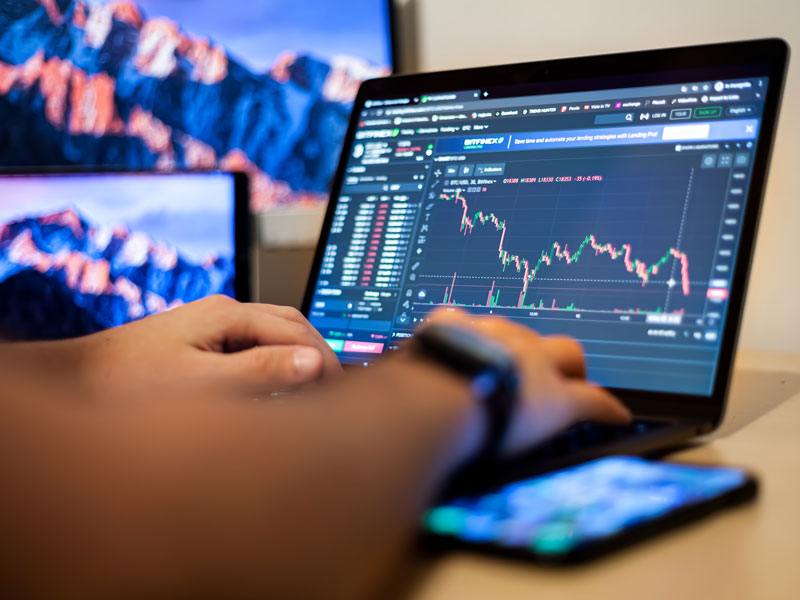How to Successfully Navigate Forex Trading A Beginner’s Guide

How to Successfully Navigate Forex Trading: A Beginner’s Guide
Forex trading is an intriguing field that draws millions of individuals into the world of currency exchange. If you’re new to the market, you may be wondering, how do you do forex trading webglobaltrading.com? This guide will provide a thorough understanding of the Forex market, introduce essential concepts, and outline the steps to start trading successfully.
Understanding Forex Trading
Forex, or foreign exchange, is the largest financial market in the world, where currencies are traded against each other. Unlike stock markets, the Forex market is decentralized, meaning that it operates through a network of banks, brokers, and financial institutions around the globe. Major trading centers include London, New York, and Tokyo, which contribute to the market’s liquidity and accessibility.
Key Concepts of Forex Trading
To become proficient in Forex trading, you must understand several key concepts:
- Currency Pairs: In Forex, currencies are traded in pairs, which means you are simultaneously buying one currency and selling another. For example, in the EUR/USD pair, if you bet that the Euro will strengthen against the US Dollar, you would buy EUR and sell USD.
- Pips: A pip is the smallest price move that can occur in the exchange rate of a currency pair. It usually represents a one-digit movement in the fourth decimal place.
- Leverage: Leverage allows you to control a large position with a smaller amount of capital, which can amplify both gains and losses.
- Spread: The spread is the difference between the bid (selling) price and the ask (buying) price of a currency pair.
Choosing a Forex Broker
Your choice of broker can significantly impact your trading experience. Here are some tips to consider when choosing a reputable Forex broker:
- Regulation: Ensure the broker is regulated by a recognized authority, such as the FCA, ASIC, or NFA, to protect your funds.
- Trading Platform: The trading platform should be user-friendly and equipped with necessary tools for analysis and execution.
- Account Types: Compare different account types and ensure that the broker provides options that suit your trading style.
- Customer Support: Good customer service can provide essential support when you encounter issues.
Forex Trading Strategies
Developing a trading strategy is crucial for success in Forex trading. Here are some common strategies:

- Scalping: This strategy involves making multiple trades throughout the day with the goal of gaining small profits from minor price changes.
- Day Trading: Day traders hold positions for a few minutes to several hours, aiming to profit from short-term price movements.
- Swing Trading: Swing traders aim to capture price swings over several days, relying on technical indicators to identify opportunities.
- Position Trading: This long-term strategy involves holding positions for weeks or months based on fundamental analysis of economic factors.
Implementing Risk Management
Risk management is a critical aspect of any trading strategy. Here are some key risk management techniques:
- Set Stop-loss Orders: A stop-loss order is used to limit potential losses by automatically closing a position at a predetermined level.
- Use Take-profit Orders: Similar to stop-loss, take-profit orders close a position once it reaches a certain profit level, helping you secure gains.
- Position Sizing: Properly sizing your positions according to your account balance and risk tolerance can help minimize losses.
- Diversification: Avoid putting all your capital into one trade; diversifying your investments can help manage risk effectively.
Analyzing the Market
Successful Forex trading requires a solid analysis of market conditions. There are two main types of analysis:
- Fundamental Analysis: This approach looks at economic indicators, news events, and geopolitical factors to predict currency price movements. Central bank policies, interest rates, and economic reports are all significant in this analysis.
- Technical Analysis: This method involves analyzing price charts and using various indicators to identify patterns and trends. Traders use historical data to forecast future price movements.
Continuous Education and Practice
The Forex market is dynamic, and ongoing education is essential for long-term success. Here are some ways to continue learning:
- Paper Trading: Start by practicing on a demo account without risking real money. This allows you to test strategies and get comfortable with the trading platform.
- Webinars and Online Courses: Participate in educational webinars and online courses to learn from experienced traders and experts.
- Market News and Analysis: Stay updated with market news, analysis, and economic reports that impact Forex trading.
Final Thoughts
Starting your journey in Forex trading can be both exciting and daunting. However, with the right knowledge, strategy, and preparation, you can navigate the Forex market successfully. Remember to start small, manage your risks, and continuously seek to improve your trading skills. As you gain experience, you’ll develop your unique trading style, and the thrill of trading can become one of the most rewarding ventures you undertake.

